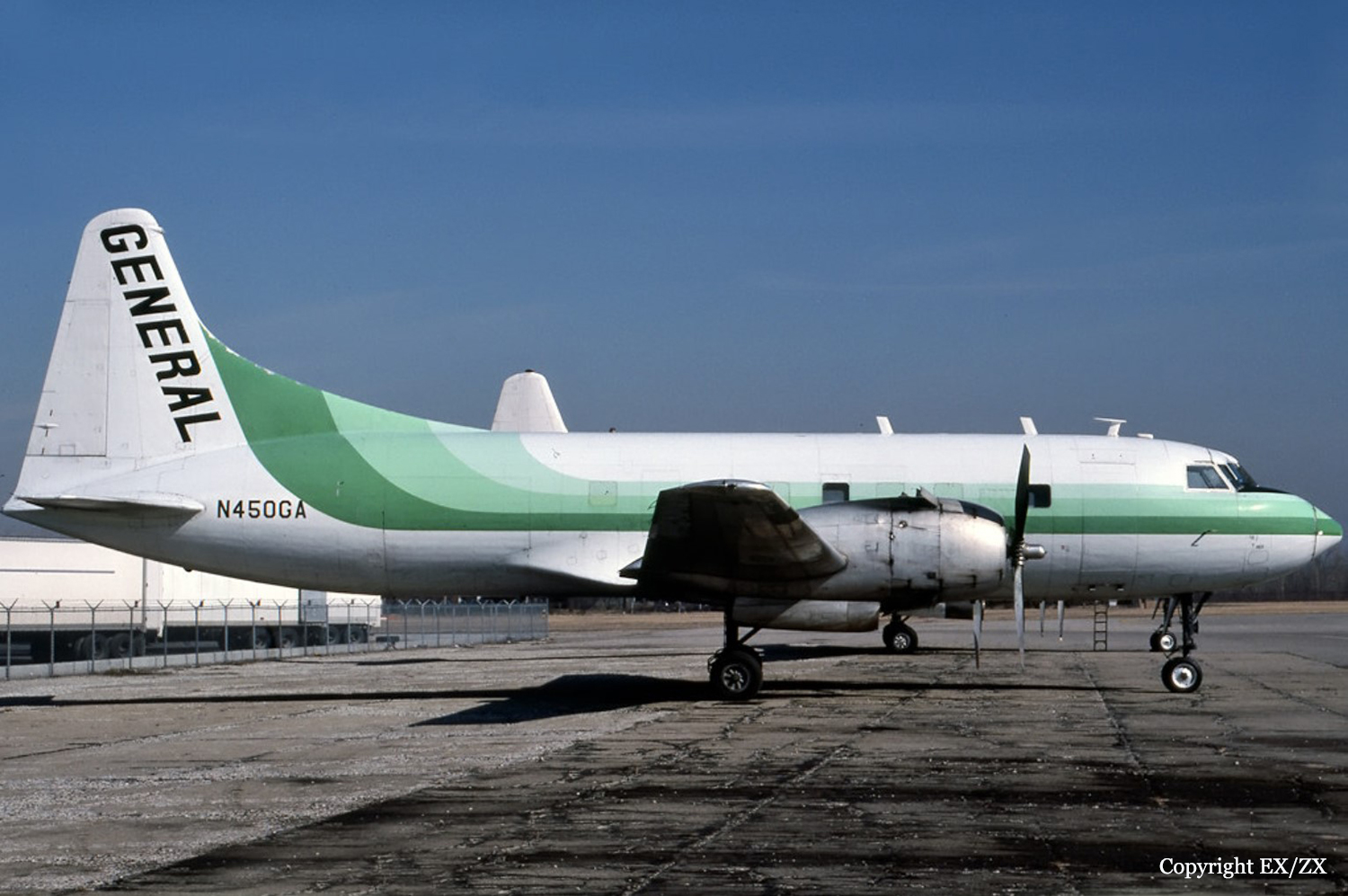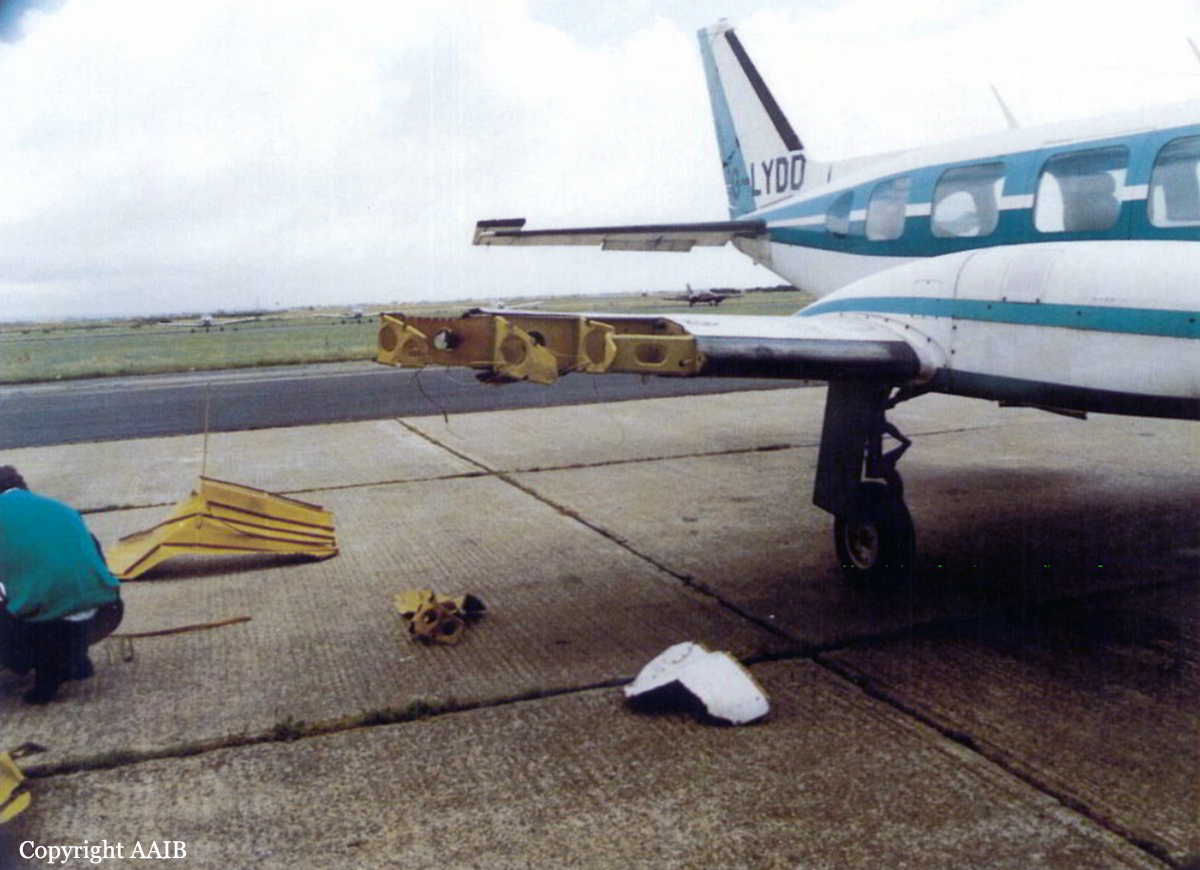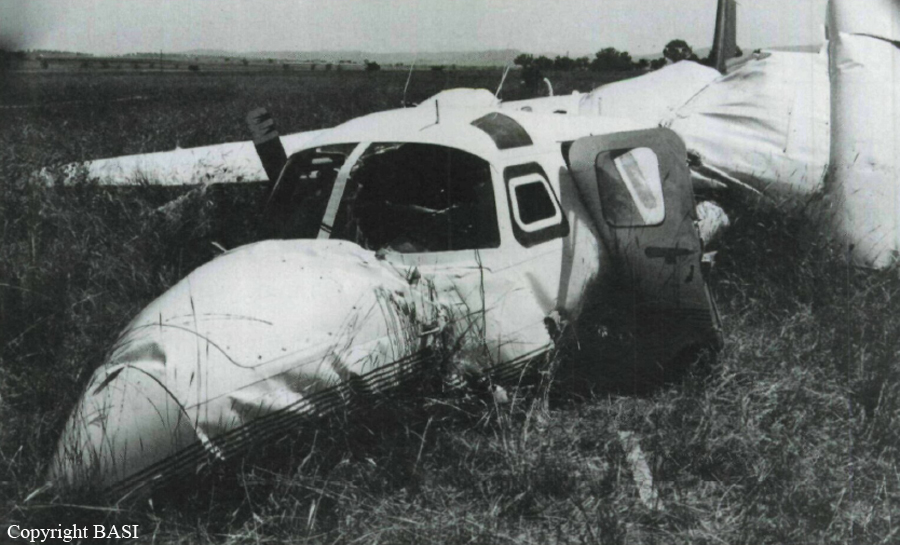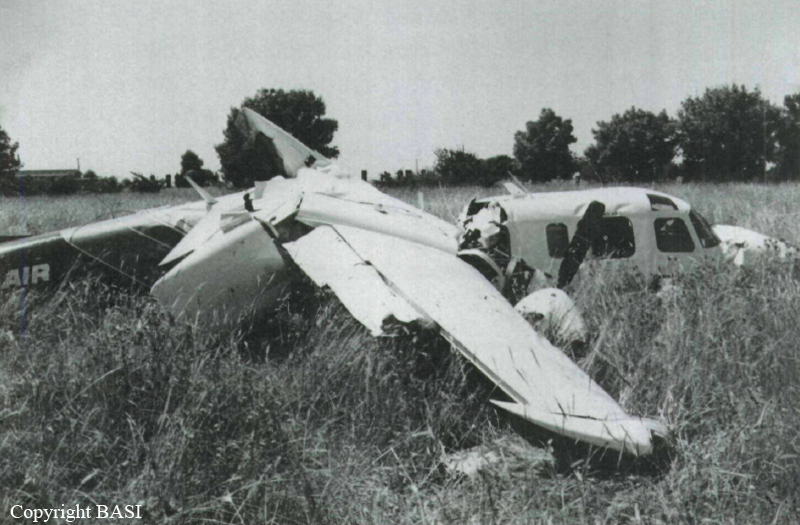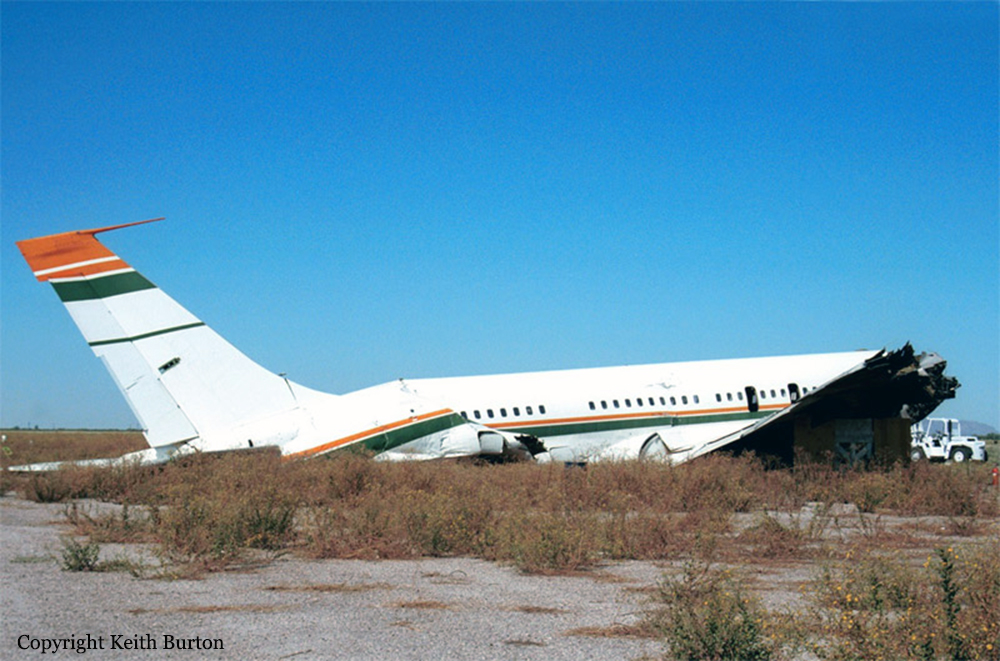Crash of a Convair CV-240D in Akron
Date & Time:
Nov 28, 1991 at 1434 LT
Registration:
N450GA
Survivors:
Yes
Schedule:
Akron - Columbus
MSN:
52-83
YOM:
1954
Crew on board:
2
Crew fatalities:
Pax on board:
0
Pax fatalities:
Other fatalities:
Total fatalities:
0
Aircraft flight hours:
18528
Circumstances:
Shortly after departure the airplane was seen climbing to an altitude of about 200 feet agl. Witnesses saw smoke coming from one of the engines and heard a 'popping noise.' The pilot executed a forced landing in a field. The airplane struck electrical wires and fence then burst into flames. The airplane had refueled just prior to take off, and the fuel receipt showed that 300 gallons of jet (A) fuel was put into the tanks. The normal fuel used in the airplane was 100LL.
Probable cause:
The use of an improper grade of fuel, which was approved by the captain and resulted in a loss of engine power during climbout and an in flight collision with terrain.
Final Report:
